We come to Win un point au padel by difference de a level, tactic, technical, power, but also by using the elements of the track, and the grids are part of. So looking for the grid is good but knowing how to defend it it's better.
It is often an element of play that we neglect in training. As much as we work looking for the grid with a volley or a bandeja, the less we work on knowing how to defend it. And know that even if the rebounds are random, working on this situation in training allows you to reassure yourself in a match.
When?
When ? When could a ball crash into the grid? First of all when you are at the back of the lane, in defense, your opponents can play a volley or a bandejaOr a smash (rulo) towards the grid.
The other situation would be when you are posted from the net and cannot play the volley because the opponent's shot is too good. His ball will normally be difficult to negotiate after bouncing off the grid.
Posted at the bottom
You defend and the volleyer's ball goes in the direction of the grid. At this time, it is better to avoid playing the ball live. Why ? Because this difficult shot will take you out of your comfort zone, will make you play with little control, which will give your opponents a good possibility of finishing the point.
On the other hand, there is a technique that can allow you to reassure yourself and especially to save the majority of the rebounds towards the grid. Pala placed in front of you, racquet head down, you will get closer to the rebound at the grid while staying about one meter from it. When the ball is about to hit the grid, have both feet on the ground and be on tiptoe to get the best possible reaction time. Remember that most rebounds on the grid are negotiable, and with this technique you can return most of them. With time and practice you will become more and more comfortable and your save rate will only increase.

Net
The situation is different. You are no longer in a defensive position but in attack, and the opponents find a breach into which they rush: the grid. Their hit will come from a topspin direct hit, a window out from the low center, or even a high window out from the corner, in short, nothing super-fast but a hit well enough done to prevent you of volleyball. Either way, if you're trying to volley, you'll have to hit the ball below the level of the net, and since there's a good chance the opponents will rush you, a low volley will put you in great difficulty. So it's better to accept this ball well hit, let it impact the grid, and slow down in their forward momentum, these knights of modern times.
The idea will therefore be to defend by taking one or more steps backwards until the ball hits the grid. If you back parallel to the gate, you will have more difficulty than if you back towards the side window. It's all about angles. Opponents looking for the grid will never find the area between three and six meters from the net because in this case you will have the opportunity to volley. They only have the area between the door and half of the service square left to touch the grid. With this move towards the side window, you should be able to negotiate most bounces, but beware: your pala needs to be ready, pulled to the side, pointing the side wall, to act like a closing door.
So you agree to defend a difficult ball, you position yourself correctly, you give yourself time, you will certainly have a higher impact than on a low volley, and you will slow down the advance of your opponents.
give yourself time
Learn how to defend the grids, from a defensive position, in the back, and from an attacking position, the net. Adopt an adequate pala position and above all, let the ball bounce. With time and practice, you will become more and more comfortable negotiating the next move better without losing your position. But don't forget to praise your opponents in case the rebound goes against you. Let's go!
Julien Bondia is a teacher of padel in Tenerife (Spain). Columnist and advisor, he helps you play better through his tutorials and tactical/technical articles padel.




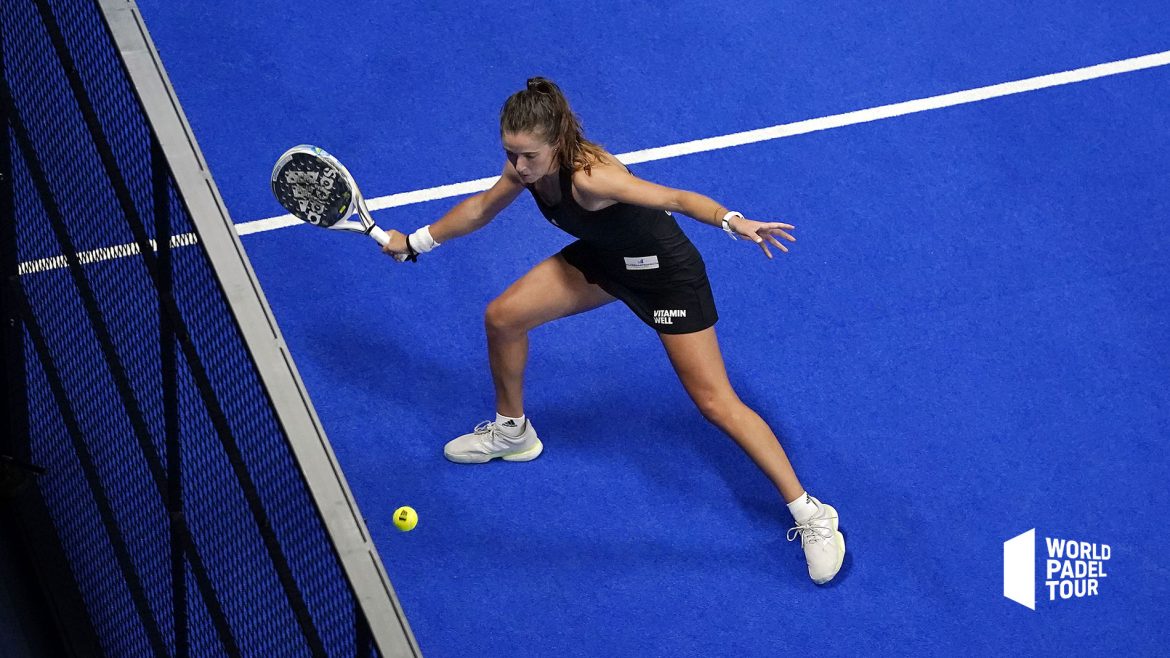
































































































 Premier Padel Brussels P2 – A 2.0 version of the final in Chile?
Premier Padel Brussels P2 – A 2.0 version of the final in Chile? P1000 PadelShot Saint-Étienne – Pierre Vincent and Arthur Hugounenq, the kings of the “comeback”
P1000 PadelShot Saint-Étienne – Pierre Vincent and Arthur Hugounenq, the kings of the “comeback” Premier Padel Brussels P2 – Brea/Gonzalez, a tenth title together!
Premier Padel Brussels P2 – Brea/Gonzalez, a tenth title together! Guillaume Codron de Sud Padel : “A family project”
Guillaume Codron de Sud Padel : “A family project” Nallé Grinda: “Democratize the padel in the USA with PadelX "
Nallé Grinda: “Democratize the padel in the USA with PadelX " Simon Boissé: “We know that there are two nations in front of us”
Simon Boissé: “We know that there are two nations in front of us” Marie Maligo: “This period of frequent changes of partners was beneficial for me”
Marie Maligo: “This period of frequent changes of partners was beneficial for me” P1000 PadelShot Saint-Étienne – Watch the Hugounenq/Vincent – Seux/Courrin semi-final live
P1000 PadelShot Saint-Étienne – Watch the Hugounenq/Vincent – Seux/Courrin semi-final live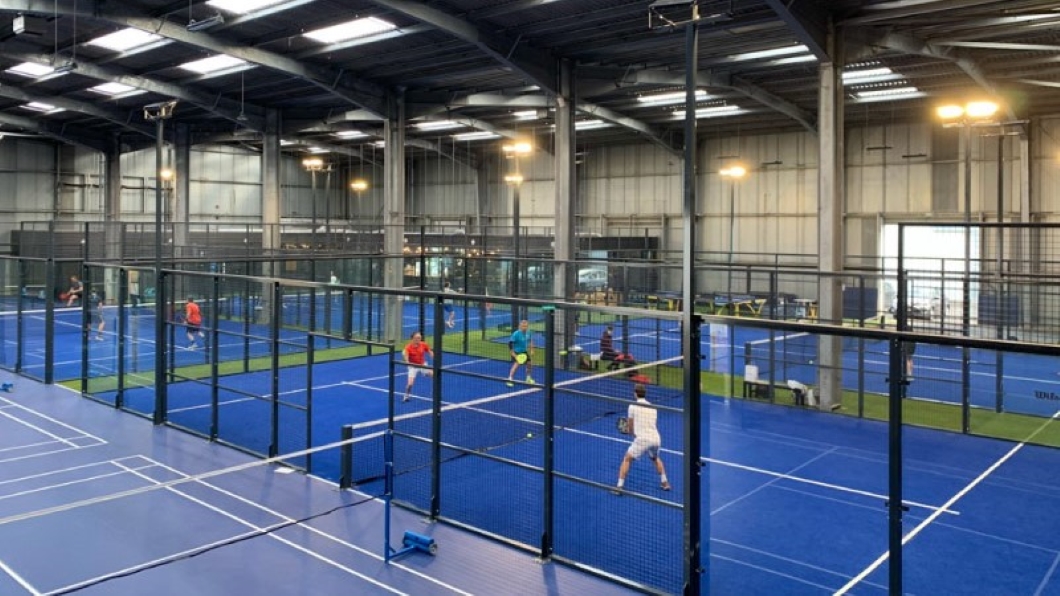 P1000 PadelShot Saint-Étienne – Follow the surprise poster Vincent/Hugounenq – Couturier/Benmergui live
P1000 PadelShot Saint-Étienne – Follow the surprise poster Vincent/Hugounenq – Couturier/Benmergui live The All Star Tour returns on May 16 at the All In in Lyon
The All Star Tour returns on May 16 at the All In in Lyon D-7 of the “BetClic Remontada Padel”, at the foot of the Eiffel Tower
D-7 of the “BetClic Remontada Padel”, at the foot of the Eiffel Tower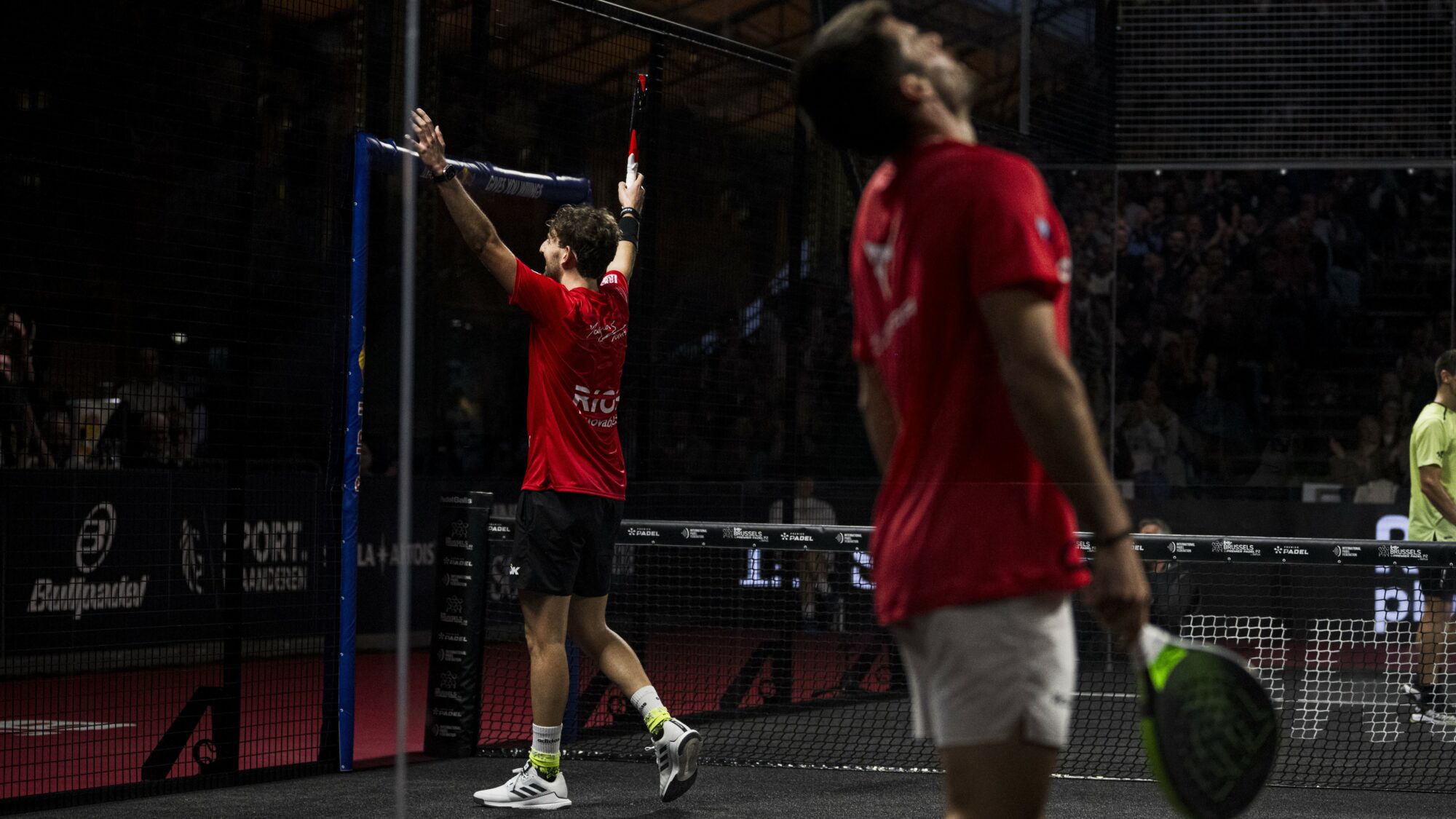 Obviously, Javi Garrido's service does not please Mike Yanguas...
Obviously, Javi Garrido's service does not please Mike Yanguas...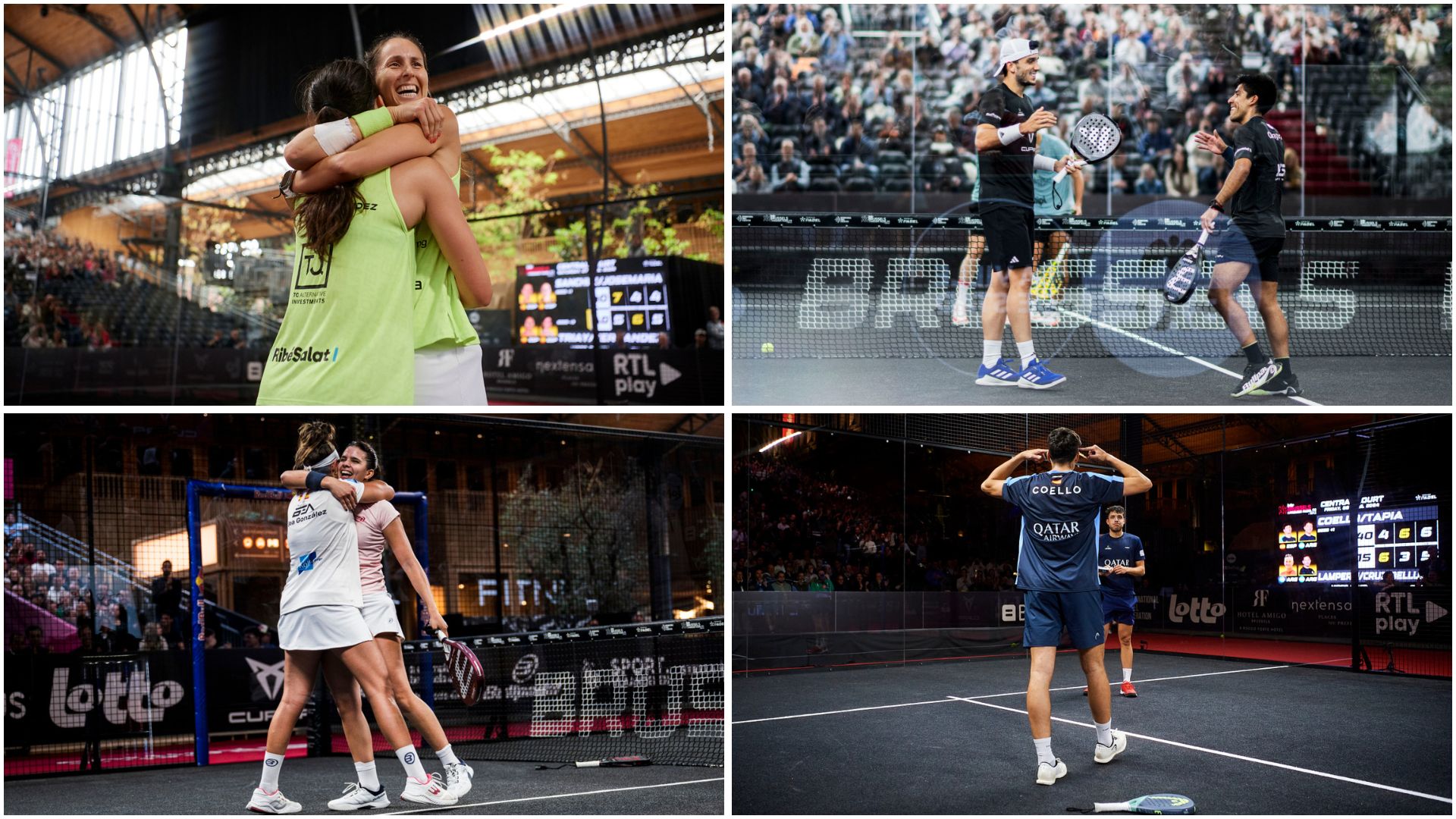 Premier Padel Brussels P2 – It’s time for the long-awaited finals!
Premier Padel Brussels P2 – It’s time for the long-awaited finals!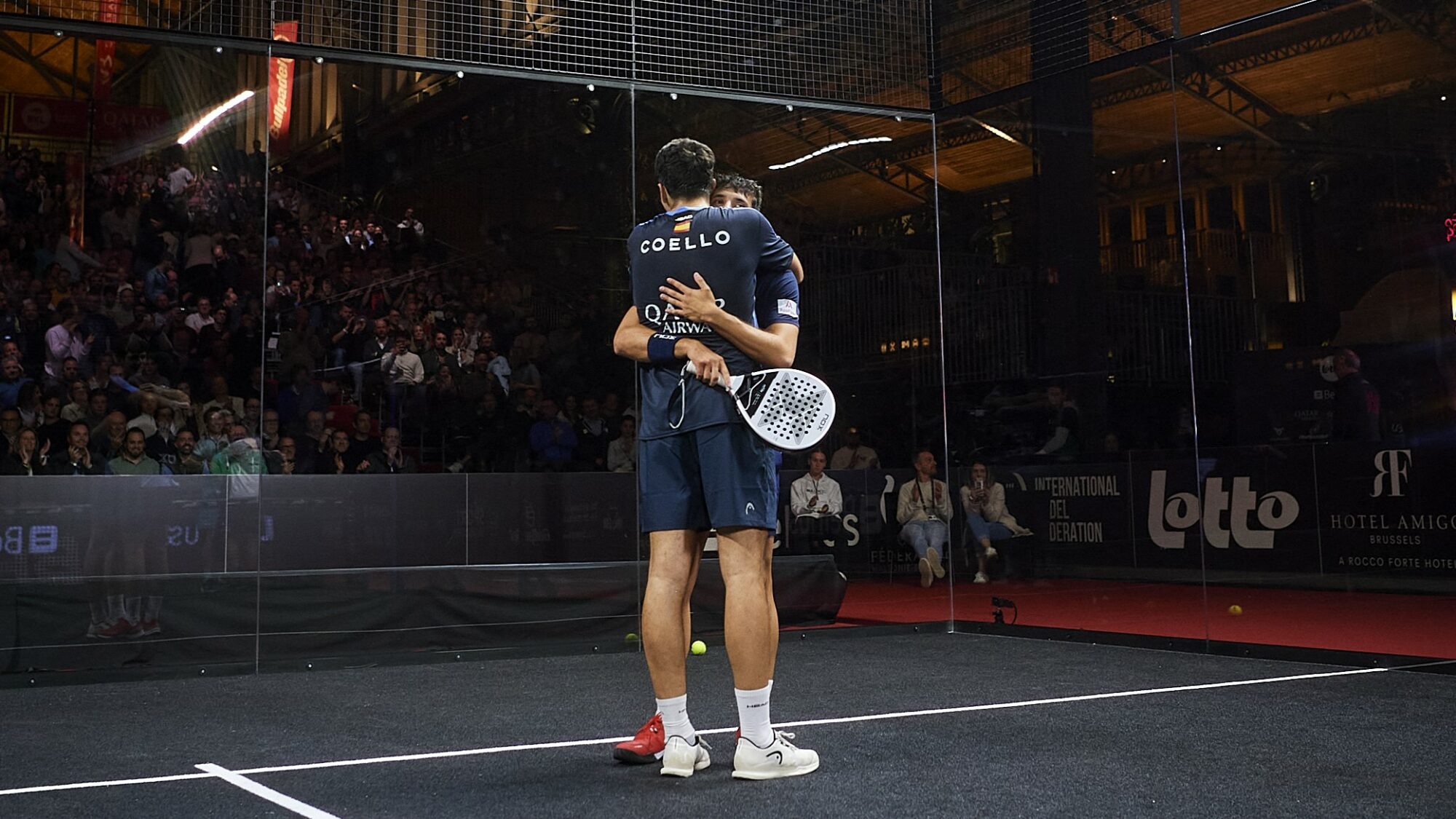 Premier Padel Brussels P2 – Arturo Coello and Agustín Tapia… obviously
Premier Padel Brussels P2 – Arturo Coello and Agustín Tapia… obviously Premier Padel Brussels P2 – Brea/Gonzalez wins the arm wrestling against Salazar/Icardo
Premier Padel Brussels P2 – Brea/Gonzalez wins the arm wrestling against Salazar/Icardo José Manuel Escin at the inauguration of Casa Padel DOS: “Finally, and thank you!”
José Manuel Escin at the inauguration of Casa Padel DOS: “Finally, and thank you!” Padel Score comes to Tahiti for American Express Padel Cup!
Padel Score comes to Tahiti for American Express Padel Cup! Do you know the Rafa Nadal Academy Tour?
Do you know the Rafa Nadal Academy Tour? Play at padel on his yacht? Possible for €233.000!
Play at padel on his yacht? Possible for €233.000!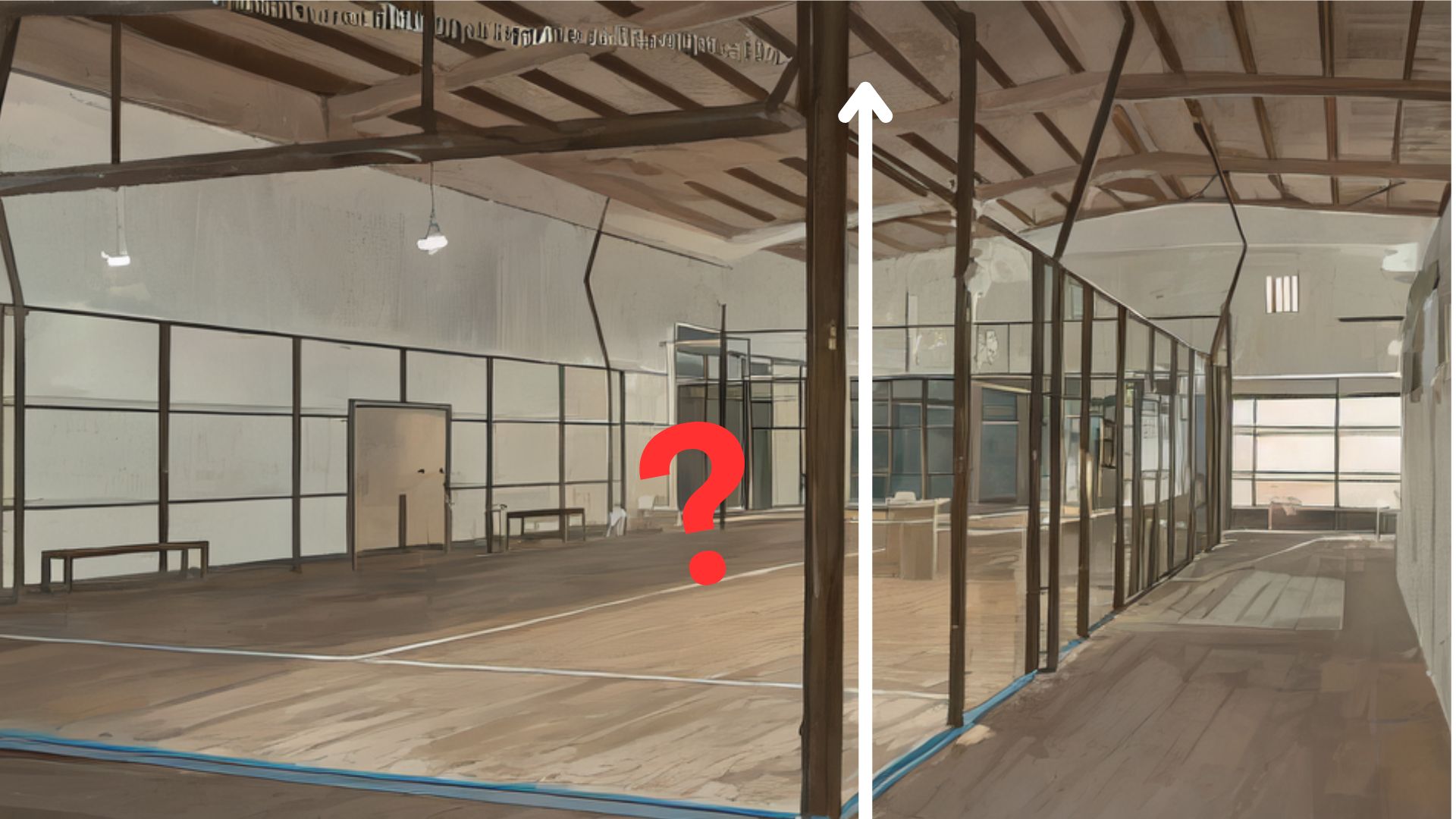 Find out everything about the dimensions of a plot of land padel
Find out everything about the dimensions of a plot of land padel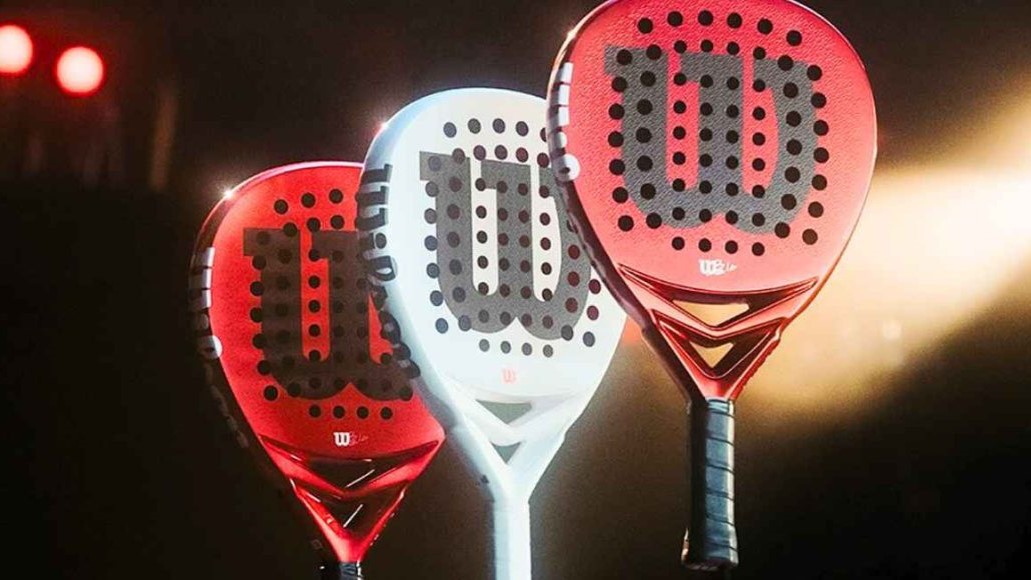 Presentation of the Wilson Bela V2.5 collection
Presentation of the Wilson Bela V2.5 collection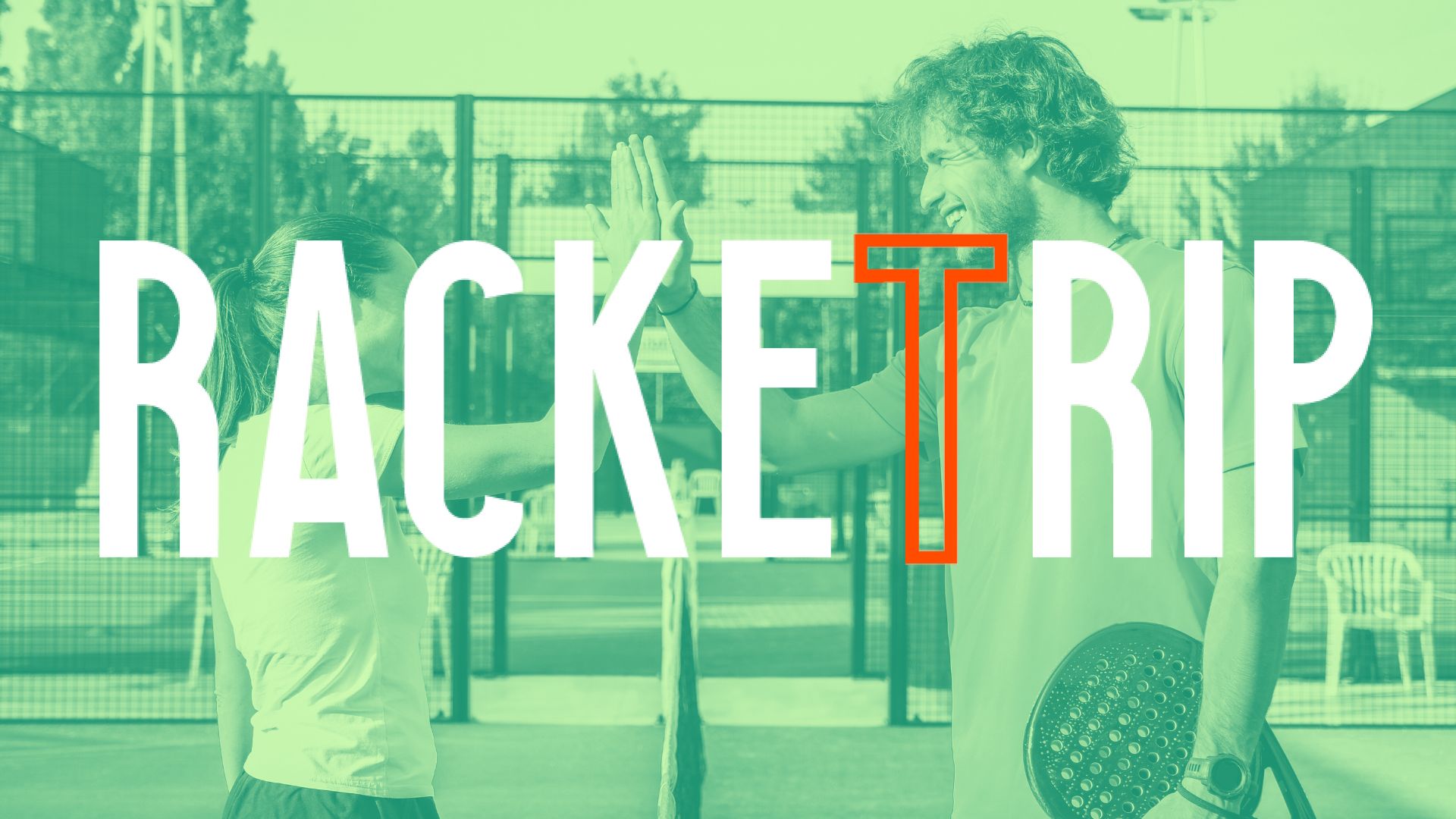 The LinkedIn of racquet sports: Racket Trip
The LinkedIn of racquet sports: Racket Trip The score at padel : manual
The score at padel : manual At the heart of padel – Episode 25: Paul and Andoni answer your questions
At the heart of padel – Episode 25: Paul and Andoni answer your questions At the heart of padel – Episode 23: defend the window well
At the heart of padel – Episode 23: defend the window well Prohibition on playing topless Padel : the reasons
Prohibition on playing topless Padel : the reasons FIP Tour – Going far from Europe, THE strategy to earn points!
FIP Tour – Going far from Europe, THE strategy to earn points! What is a good football player? padel ?
What is a good football player? padel ? “Lefties give me headaches when I play against them!”
“Lefties give me headaches when I play against them!” At the heart of padel – Episode 14: how to earn points in winter?
At the heart of padel – Episode 14: how to earn points in winter? The basic tactics of padel
The basic tactics of padel A par 4 is always a winner...even if you manage to defend it!
A par 4 is always a winner...even if you manage to defend it! Carbon fiber VS fiberglass: what to choose?
Carbon fiber VS fiberglass: what to choose? How to effectively test a racket padel ?
How to effectively test a racket padel ? La padel to fight Parkinson's disease
La padel to fight Parkinson's disease Don't play with a cracked or broken racket, your body will thank you!
Don't play with a cracked or broken racket, your body will thank you! Michel Cymes: “The padel, physically, it’s serious!”
Michel Cymes: “The padel, physically, it’s serious!” Our Top 10 training courses padel in France and Europe
Our Top 10 training courses padel in France and Europe Jeremy Gala: “Promote the padel among young people in Belgium remains a challenge”
Jeremy Gala: “Promote the padel among young people in Belgium remains a challenge” The French Touch Academy organizes its selection day Padel-Study
The French Touch Academy organizes its selection day Padel-Study Report on the detection and training of younger generations
Report on the detection and training of younger generations